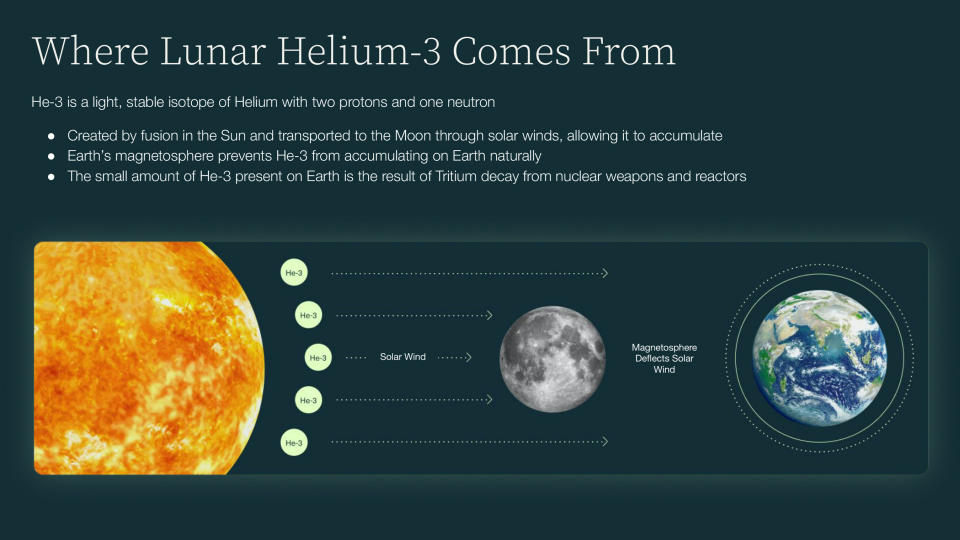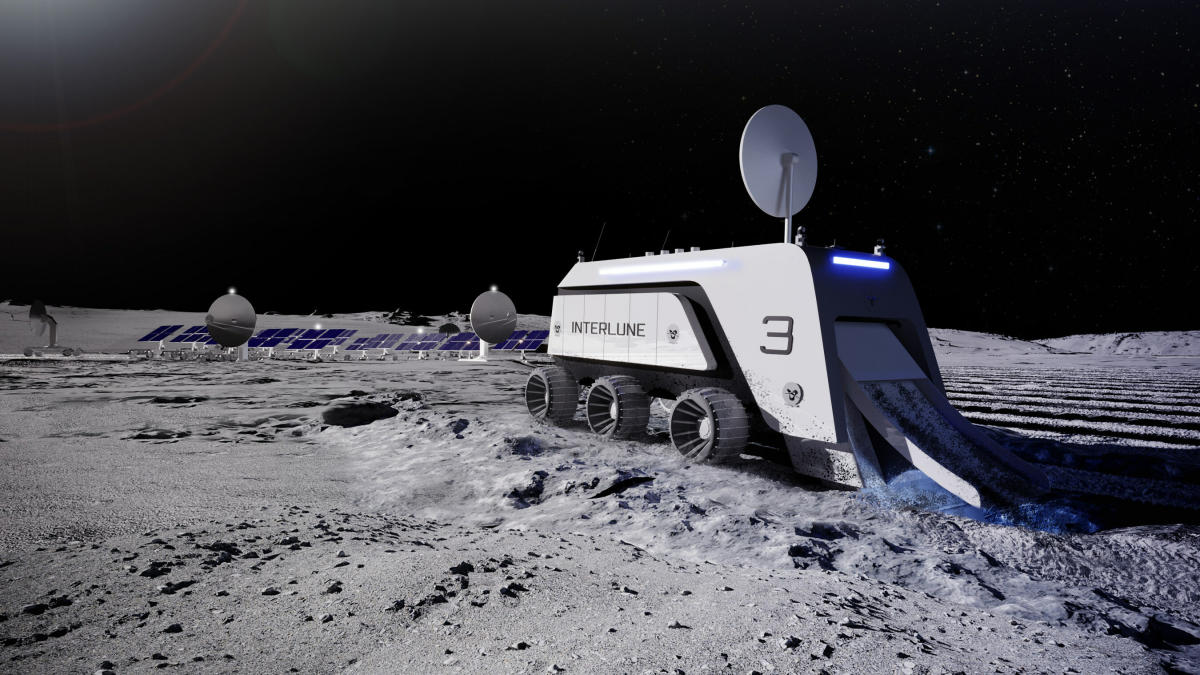A budding startup called Interlune is trying to become the first private company to mine the moon’s natural resources and sell them back on Earth. Interlune will initially focus on helium-3 — a helium isotope created by the sun through the process of fusion — which is abundant on the moon. In an interview with Ars Technica, Rob Meyerson, one of Interlune’s founders and former Blue Origin president, said the company hopes to fly its harvester with one of the upcoming commercial moon missions backed by NASA. The plan is to have a pilot plant on the moon by 2028 and begin operations by 2030, Meyerson said.
Interlune announced this week that it’s raised $18 million in funding, including $15 million in its most recent round led by Seven Seven Six, the venture firm started by Reddit co-founder Alexis Ohanian. The resource it’s targeting, helium-3, could be used on Earth for applications like quantum computing, medical imaging and, perhaps some day down the line, as fuel for fusion reactors. Helium-3 is carried to the moon by solar winds and is thought to remain on the surface trapped in the soil, whereas when it reaches Earth, it’s blocked by the magnetosphere.
Interlune aims to excavate huge amounts of the lunar soil (or regolith), process it and extract the helium-3 gas, which it would then ship back to Earth. Alongside its proprietary lunar harvester, Interlune is planning a robotic lander mission to assess the concentration of helium-3 at the selected location on the surface.

Interlune
“For the first time in history,” Meyerson said in a statement, “harvesting natural resources from the Moon is technologically and economically feasible.” The founding team includes Meyerson and former Blue Origin Chief Architect Gary Lai, Apollo 17 astronaut Harrison H. Schmitt, former Rocket Lab exec Indra Hornsby and James Antifaev, who worked for Alphabet’s high-altitude balloon project, Loon.


